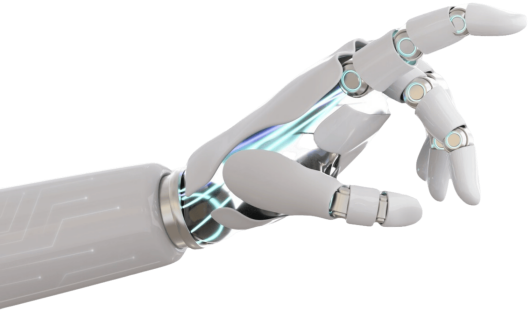
Automated lung segmentation in chest X-rays is essential for diagnosing lung diseases, yet ensuring model generalization across different datasets remains a challenge. This study evaluates the performance of U-Net on three public datasets (Darwin, Montgomery, Shenzhen) covering multiple pathologies and introduces a fine-tuning approach using self-generated pseudo-labels to correct label inconsistencies across datasets. The findings of this study show that model training on a single dataset results in a poor generalization (a Dice score below 90%). However, by first training a baseline model on all the three datasets and then applying the proposed fine-tuning strategy, the segmentation accuracy improves significantly, increasing the Dice score from 96.13% to 99.16%. This performance matches that of larger models while maintaining a compact architecture. Additionally, the impact of preprocessing techniques (CLAHE, Gaussian, Laplacian filtering) was assessed and it was found that their contribution to segmentation accuracy is minimal (a Dice score below 1%), which highlights that dataset diversity and label consistency are more influential factors than preprocessing. These findings provide an effective alternative to increasing model size while ensuring a high segmentation accuracy.
Lung segmentation, U-Net, X-ray, Model generalization across multiple pathologies.
Viorel DEDIU, Andreea UDREA, "U-Net Performance in Lung Segmentation on Chest X-Rays featuring Multiple Pathologies", Studies in Informatics and Control, ISSN 1220-1766, vol. 34(2), pp. 37-51, 2025. https://doi.org/10.24846/v34i2y202504